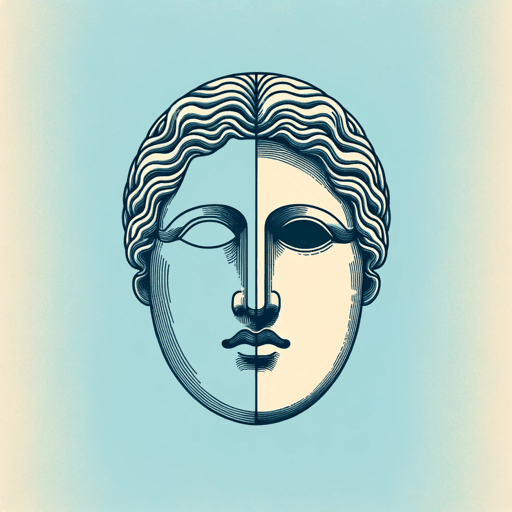28 pages • 56 minutes read
Susan SontagAgainst Interpretation
Nonfiction | Essay / Speech | Adult | Published in 1966A modern alternative to SparkNotes and CliffsNotes, SuperSummary offers high-quality Study Guides with detailed chapter summaries and analysis of major themes, characters, and more.
Index of Terms
Interpretation
Sontag describes interpretation as “the revenge of the intellect upon art” and “upon the world” (98). This is because, at least in its modern form, it “excavates” and “destroys” (98) texts just to theorize their meaning. Sontag uses interpretation as a general term for the currently common approach to art and literature, especially as it relates to critical discourse on them. She criticizes the process repeatedly throughout her work, as it’s the fundamental element of the essay. Sontag also refers to various philosophers and interpreters whom she cites as examples of the flaws in this systematic approach.
Content
Content is innately related to Sontag’s definition of interpretation. The essay states that content is central to the contemporary style of interpretation, though Sontag claims that “the idea of content is today mainly a hindrance, a nuisance, a subtle or not so subtle philistinism” (96). Content, instead of being experienced within the art piece as a whole, is instead a feature of the work that is only acknowledged in a viewer’s plight to interpret it. It has been wrongly separated from the form of the art, in Sontag’s mind, when the two should act in tandem with each other and be experienced as a singular entity.
Related Titles
By Susan Sontag





